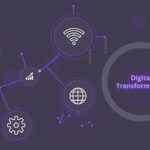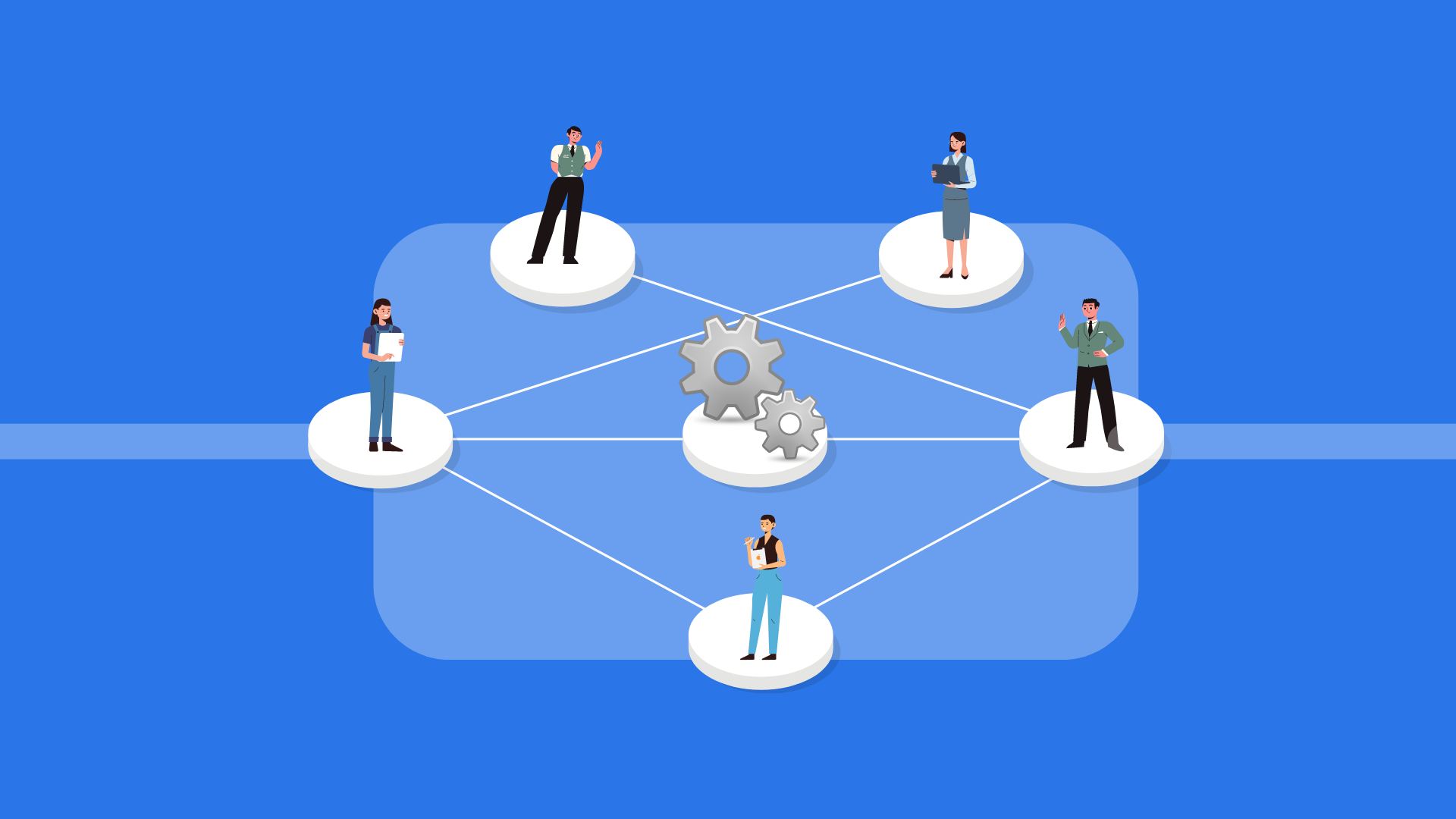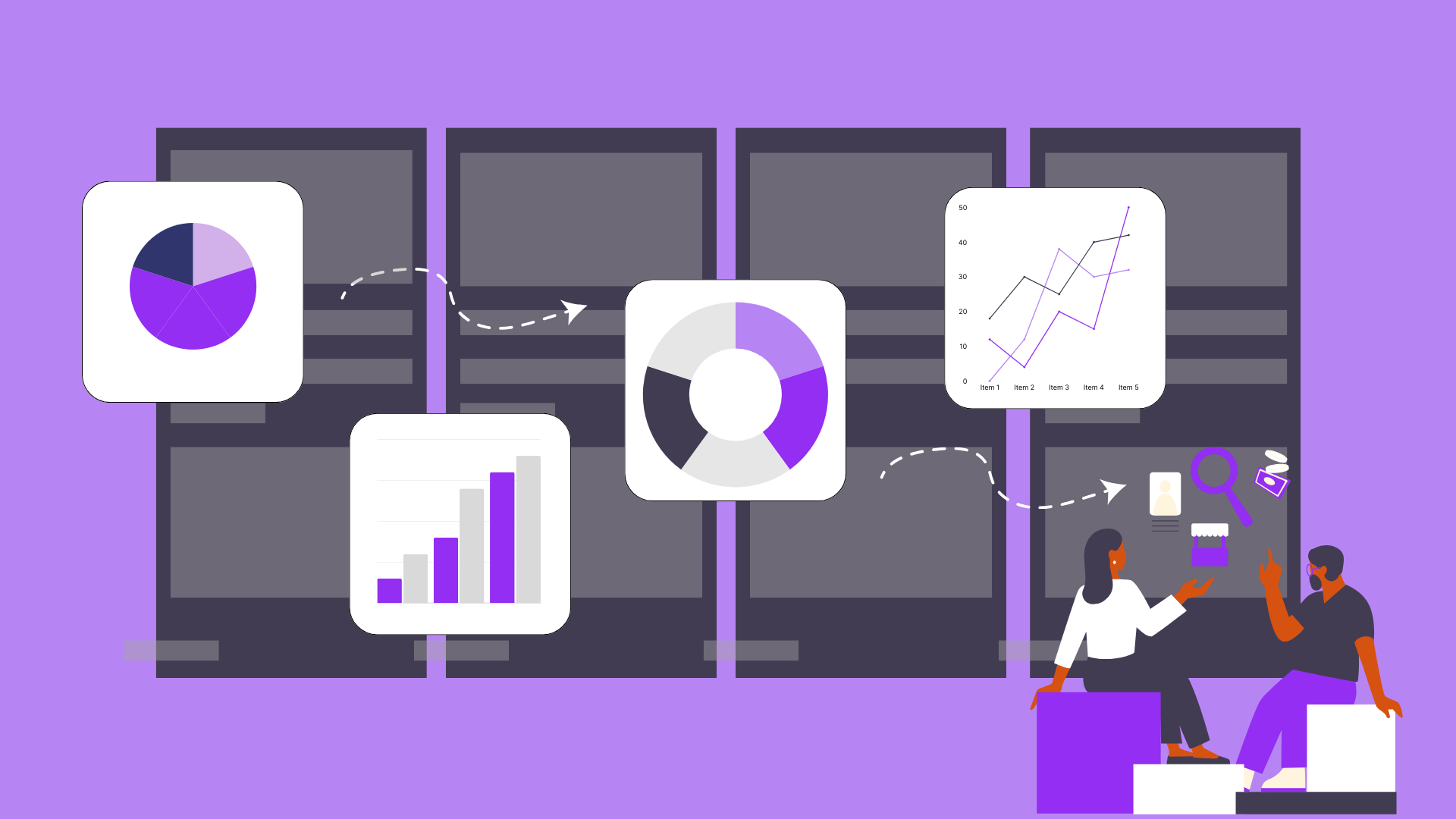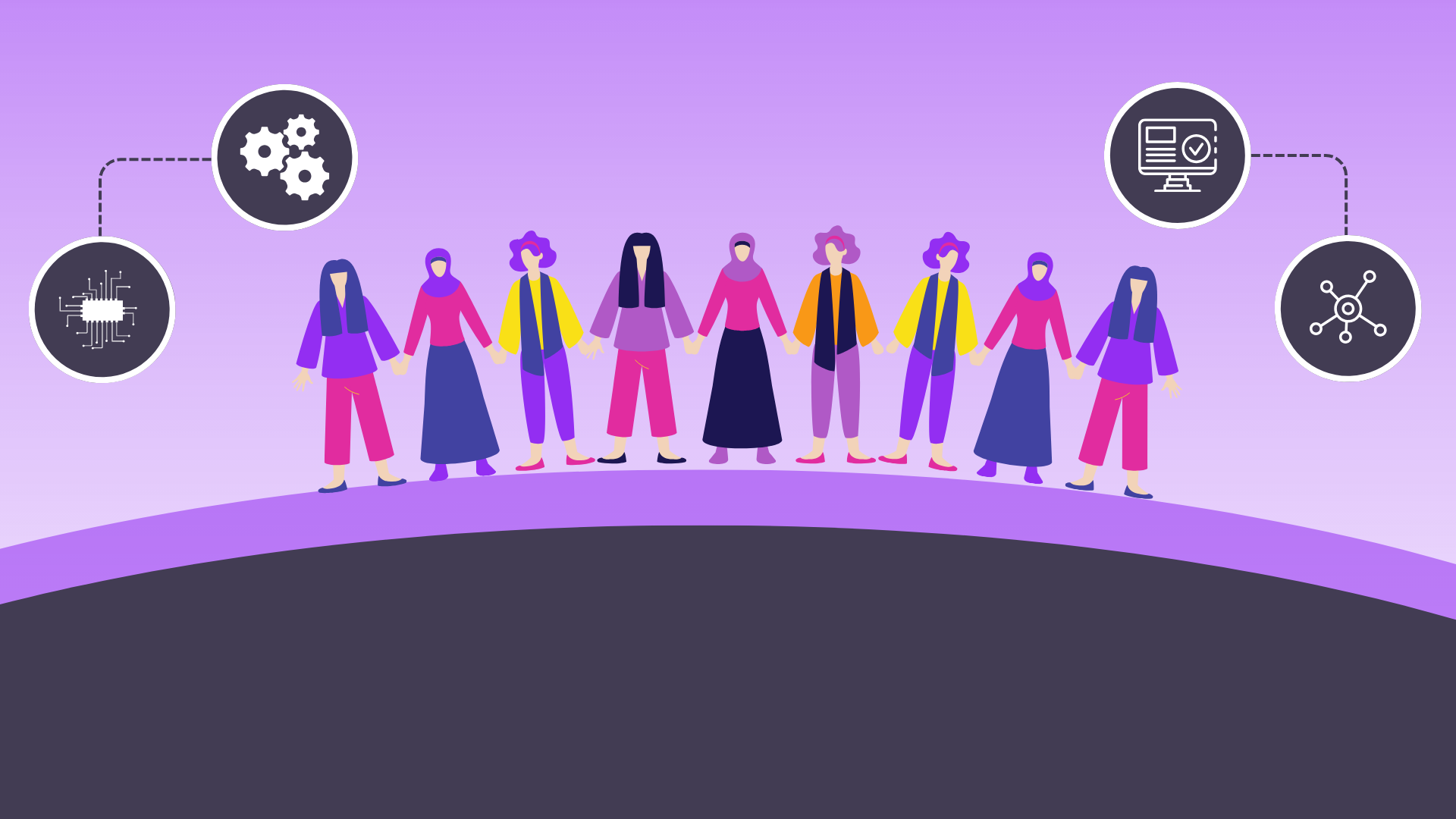A System No Longer Matches Your Business : The Business Implications of Legacy Systems
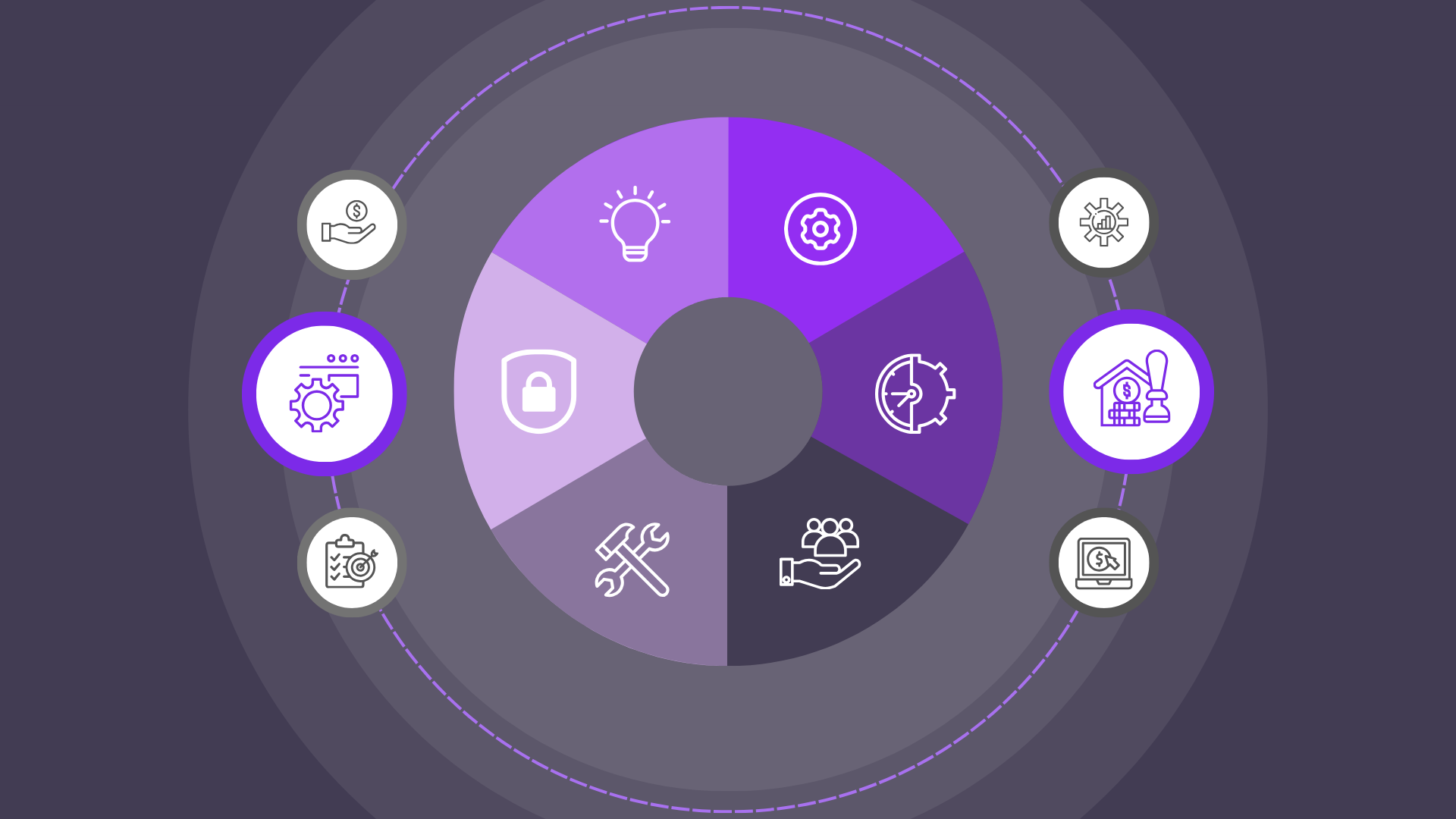
- 2 February 2024
- Blog
- 0 Comments
We’ve all faced the frustration of regular app updates, the buffering wheel, or the circling loading icon, causing delays in moving to the next task. Is the experience of using a slow legacy system with outdated technology the most frustrating, leading to a significant slowdown in your production rate?
However, the risks associated with using outdated technology extend beyond mere frustration. Ageing legacy systems pose greater vulnerabilities to cybersecurity threats, legal complications, and increased instances of crashes. According to a RealWire survey, 87% of IT decision-makers feel legacy software exposes their company to cyber security threats and vulnerabilities. Cybersecurity breaches can lead to financial consequences for your organization, making the maintenance of an outdated legacy system potentially more expensive than upgrading to a modern one. According to Synopsys’ 2020 Report, poor-quality software would cost US businesses $2.08 trillion in 2020. In essence, relying on an obsolete legacy system can have severe negative impacts on a workplace.
Outdated software risks were evident during the pandemic when a surge overwhelmed legacy systems. In response, enterprises have doubled down on modernizing their applications by moving them to the cloud to boost speed and flexibility. According to IBM, despite modernization efforts, around 70% of enterprises still use mission-critical software tied to on-premises data centers.
Legacy Systems can often feel like an anchor, tethering organizations and preventing them from fully embracing cutting-edge technologies and advancements. As per the CIO Insights, one in four USA workers think their company’s technology and policies hurt their productivity, with 30.9% of young Millennials the most dissatisfied and young Baby Boomers following at 29.1%. And 36.8% of respondents believe their company’s technology is outdated.
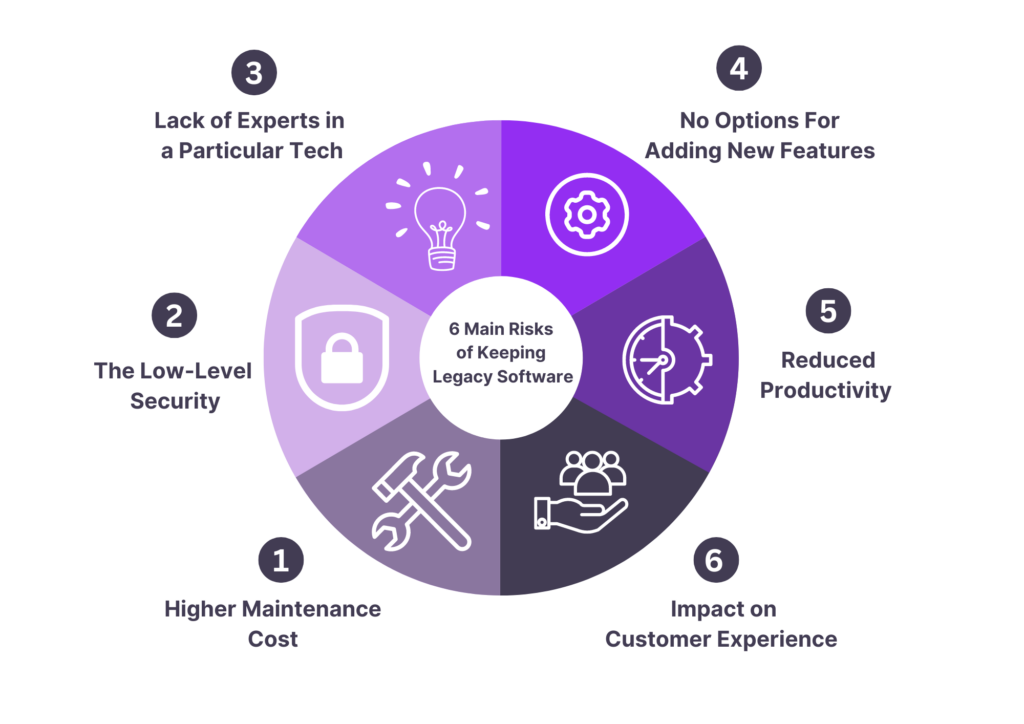
Despite organizations’ desire to eliminate legacy technology, it remains prevalent in most businesses. It might manifest as an ageing PC running critical software or hosting a complex spreadsheet that the business relies on. In other cases, it could involve an old server housing a bespoke ERP system developed by industry experts years ago, left untouched due to fears of potential disruptions. Legacy systems are still in use today because they tend to be reliable and familiar to most of their users. However, the risks inherent in ageing solutions often result in big losses.
A survey commissioned by Tata Consultancy Services and AWS reveals that legacy modernization is a strategic business priority for the next three years. In fact, it indicates over two-thirds of businesses still use mainframe or legacy apps for core business operations, and more than 60% rely on them to power customer-facing applications. The main barriers to migrating legacy systems to the cloud were concerns around security 44%, disruption to operations 37% and reliability 33%. Most surveyed companies are presently utilizing (64%) or intend to use (22%) tools for either partial or complete automation of modernization efforts.
Research conducted by Avanade (IT Modernization: critical to digital transformation) indicates that senior IT leaders believe the replacement of legacy software can potentially decrease operating costs by 13% per year and increase annual revenue by more than 14%.
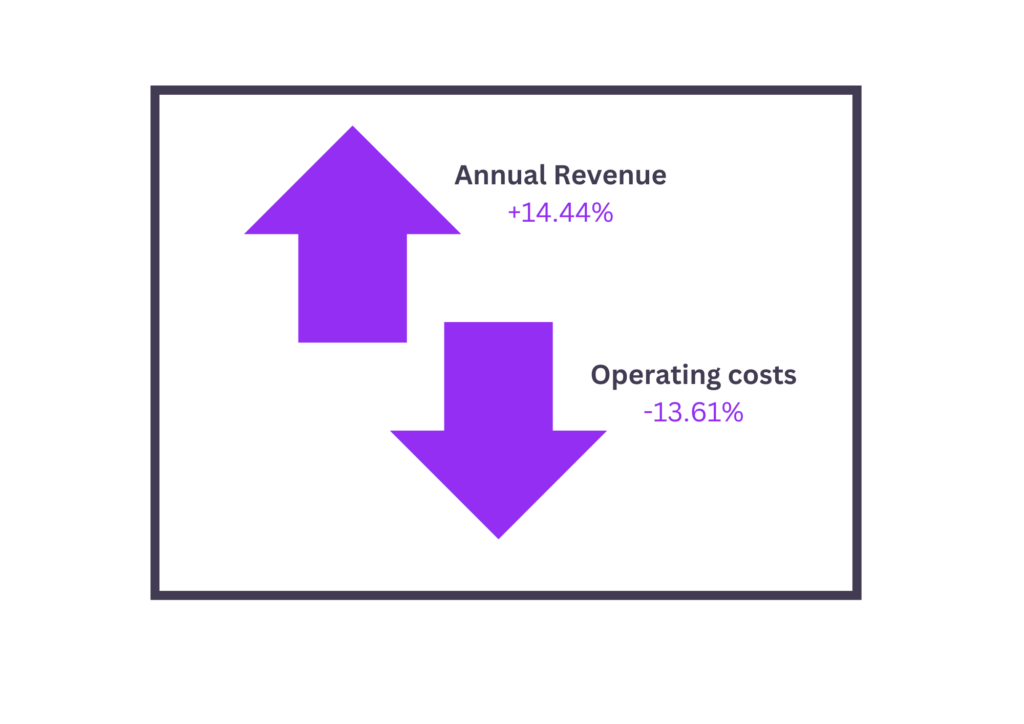
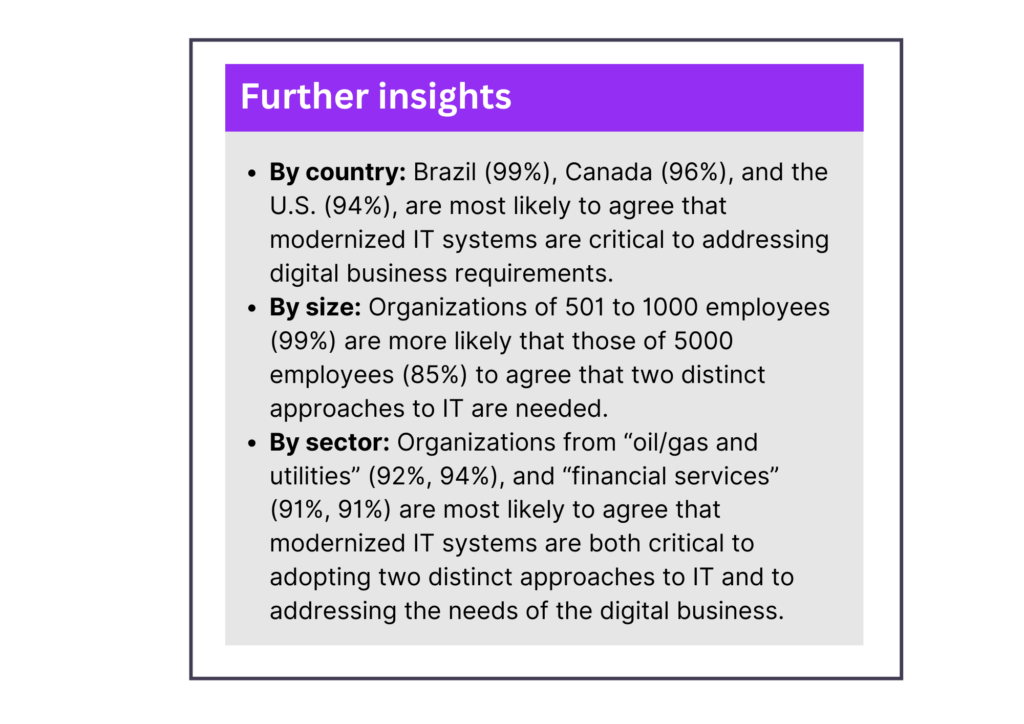
The common belief is that replacing or updating monolithic systems could boost the productivity of the developers by 40%.
The research done by Consortium for Information & Software Quality™ (CISQ) and cosponsored by Synopsys in 2022 cites an increase in the cost of poor software quality (CPSQ) in the US to at least $2.41 trillion—up from $1.31 trillion two years ago. The report focuses on three solution areas for finding and fixing software deficiencies.
- Quality standards/software problem taxonomies.
- Tools for understanding, finding, and fixing deficiencies / technical debt.
- Artificial intelligence/machine learning tools.
Gartner’s 2023 CIO and Technology Executive Survey showed that 57% of government CIOs plan to increase funding for application modernization in 2023, up from 42% in 2022.
If you want to accelerate business process automation initiatives and digital transformation plans, linking your legacy nightmares to digital dreams to improve operational efficiency?
We strongly believe that the answer is to prioritize modernization. The modernization of legacy systems and the transition to cloud-based solutions play a pivotal role in addressing crucial environmental challenges, aligning with the sustainability goals set by global leaders.
Major cloud providers like AWS, Google, and Microsoft are dedicated to reducing their carbon footprints, focusing on environment-friendly practices in the lifecycle of IT operations.
The 2022, Gartner CEO and Senior Business Executive Survey included environmental sustainability as a top 10 priority. This commitment underscores the positive environmental impact of cloud computing.
Does this sound interesting?
Let X-Venture help you
At X-Venture, our dedication lies in delivering IT solutions that enhance productivity while minimizing disruptions. Our team of experts can evaluate your current IT setup to identify any constraints posed by outdated technology and propose optimal solutions for advancement. We deliver a full range of modern technology services; Including migrating antiquated enterprise software with future-proofing technologies and managing technology services.
Our mission is to update technology systems, ensuring our clients remain at the forefront of sustainable technological advancements.
Related Posts
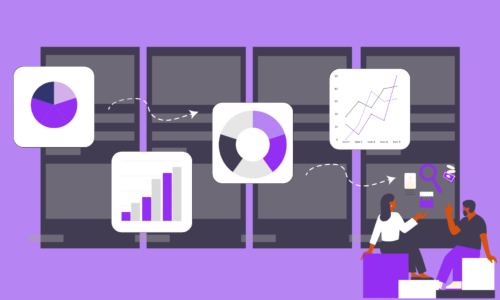
Data-Driven Decision Making: Harnessing API Analytics for Business Insights
- Guest Author
- 8 April 2024
Imagine the frenzy of activity during the Black Friday Cyber Monday (BFCM) period—consumers f ..
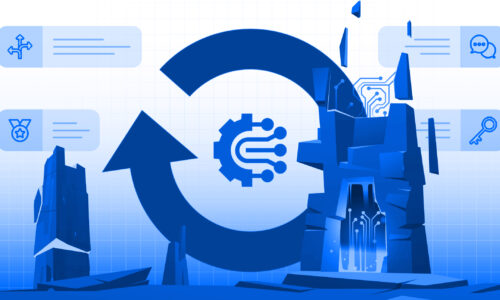
Do more with less! Digital Transformation Best Practices.
- Guest Author
- 21 May 2023
Digital Transformation Best Practices. ..
